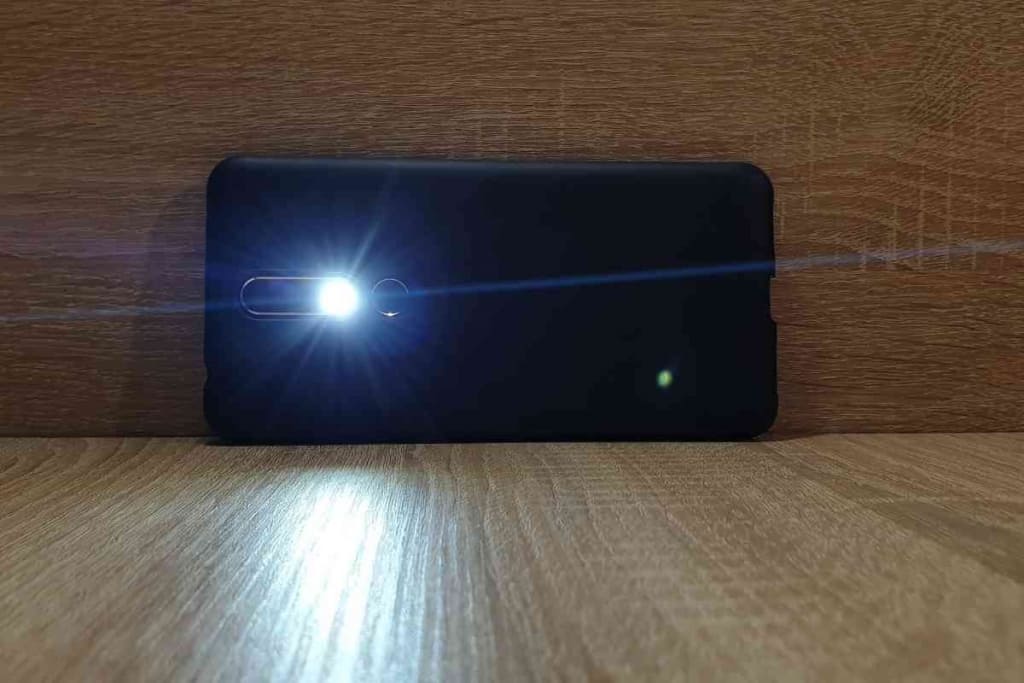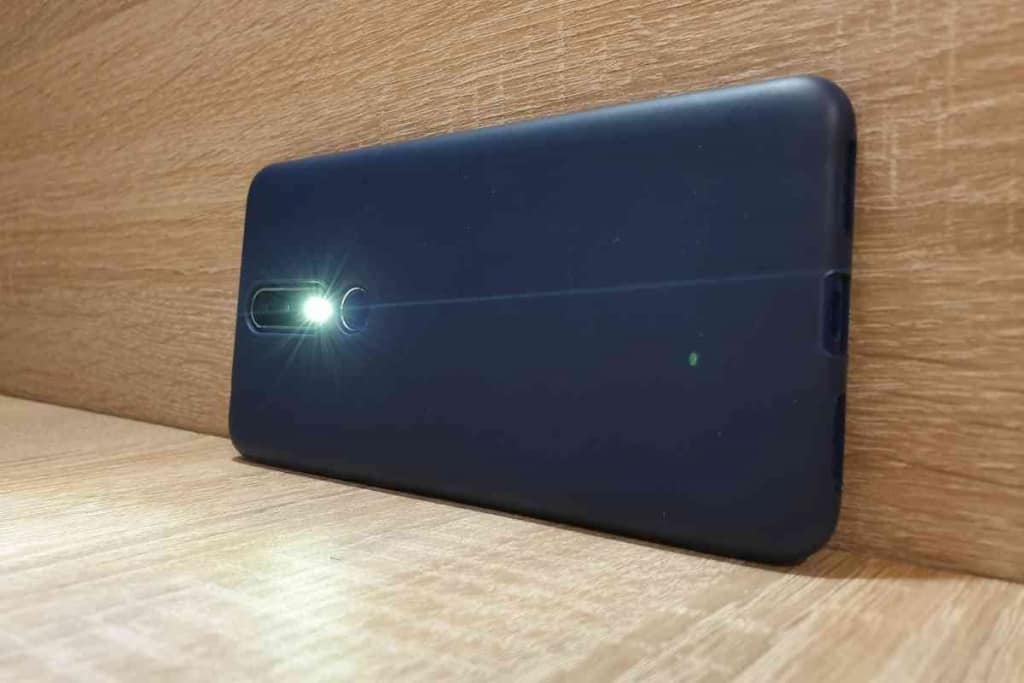iPhone Flashlight Not Working: 8 Troubleshooting Steps!
The flashlight on iPhone is amazing because it’s so bright, but sometimes you might find that it isn’t working. I’m going to take you through all the iPhone troubleshooting steps so that you can fix the flashlight on your iPhone if it isn’t working as expected. The iPhone flashlight not working problem is relatively rare, and fixing it is often fairly easy.

Table of Contents
Why won’t my iPhone flashlight turn on?
If you have the iPhone flashlight not working error, then there are several ways to fix it. The most common are turning off low power mode and charging your phone. You might also have other apps that affect the flashlight, or you may have to remove and reinstall the flashlight function.
How do I fix my flashlight on my iPhone? If you’re asking this question, then read on, and I’ll help you fix the iPhone’s flashlight. From checking the camera app to working on the control center, I’ll take you through all the common troubleshooting steps.
Troubleshooting the iPhone’s Flashlight
Why won’t my flashlight work on my iPhone? If you’re asking this, then you’re in the right place. I’m about to take you through the most common troubleshooting steps so that you can fix the flashlight. One of these steps will work from the flashlight icon to checking all other areas of your device.
Low Power Mode
If you find your iPhone flashlight not working, then you may have low power mode activated. This is good when your battery is low or if you want to conserve power, but this will also turn off the flashlight and other features in order to reduce power usage.
You can deactivate this by going into the “Settings” app. From here, you will go into “Battery,” and there will be a section for “Low Power Mode.” It will have a toggle for on and off. Simply push the toggle, and it will deactivate this mode.
Keep in mind that this will start using more battery power, so you may want to wait if the battery is low.
Charge the Device
If your battery is very low, then it might go into low power mode even if you manually deactivate it. This is common if the battery is around 15 percent or less. You might notice that some features stop working once the battery is close to 20 percent.
Charging the device should fix this. While plugging it in should immediately fix the problem, this isn’t always the case. If your flashlight doesn’t start working immediately, then I suggest you allow the iPhone to charge before trying this again completely.

Control Panel
By default, you will see the iPhone flashlight icon in your control panel. This is great because it makes it very accessible, but sometimes you’ll need to remove and reset the icon to get it working again. If you want to know how I reset my iPhone flashlight, then this is how.
Go to Settings and choose Control Center. You’ll see a section labeled, “Included Controls.” Go here and click the minus sign by Flashlight. Then go to “More Controls” and click the plus sign to add the icon back.
This effectively resets it, and you might find that the light works again.
iPhone Too Hot
If you had an older cell phone, then you know that they have a tendency to heat up to the point of burning your hand.
This isn’t as much of a problem now, but it can still happen. If you’re using lots of resource-heavy apps, downloading very large files, and out in the heat, then your iPhone might heat up beyond its normal limitations.
If this happens, then your device may no longer work properly. Much like with low power mode, this often affects high-power features first before the entire device shuts off. You’ll also see a warning icon specifically about the heat.
You might think it’s smart to put your iPhone in the fridge but resist this urge. Putting your device in the fridge, even if it’s overheating, can cause more damage to your iPhone.
It’s best to put it in a cool, dry place without any direct sunlight. Give it a few minutes to cool down, and then check the device again. It should normally be working once the temperature regulates.
Turn Off the Camera
This is a very common problem that many people don’t realize. You can’t use both the camera and iPhone’s flashlight at the same time.
This is because both apps use the same hardware. Having both active at once would create confusion between them, which could cause hardware issues or just poor functionality. Due to that, Apple decided to only allow one to work at a time.
Not only that, but keep in mind that the camera has a higher priority. This means that you can usually turn on the camera even if the light is already on. If you find the light isn’t working as expected, then simply turn off this app. It’s best to remove it from the background as well just to ensure it isn’t interfering with the light.
Use the Camera App
We’re not done with the camera app yet. If you find that some of these other troubleshooting steps aren’t working, you might wonder if the light is still working. You can use the camera to check for this.
While you can turn the light on for flashes, there’s also a way to turn it on in video mode so that it stays active. Open the camera and then select video mode. Swipe up, and this will open additional options. Select the “Flash” icon and make it active.
If the iPhone’s flashlight is still working, then this will turn it on. If not, then there might be an even deeper issue.
Update the OS Version
You’ve seen it before. That notification tells you there’s a new iOS version available and you need to download it. While some people are excited about the new changes and features, there are also many who don’t want to waste time downloading an update.
Some people are also worried about updating their OS because this sometimes causes errors.
While missing an update here or there often isn’t a major issue, you might find that certain features stop working. This is especially true if you are several versions behind. If this is the case, then update the system, and it can correct the problem.
Reset the iPhone
It’s a classic solution, but it really does work. If something isn’t working with your iPhone, then try resetting it to see if this clears up the issue. Just hold the power button for several seconds and then reset the device.
This clears out many errors, so it’s good to do if you’re facing any unexpected problems. While it doesn’t work all the time, it’s so easy to do that it’s worth doing if you have any issues with your phone.